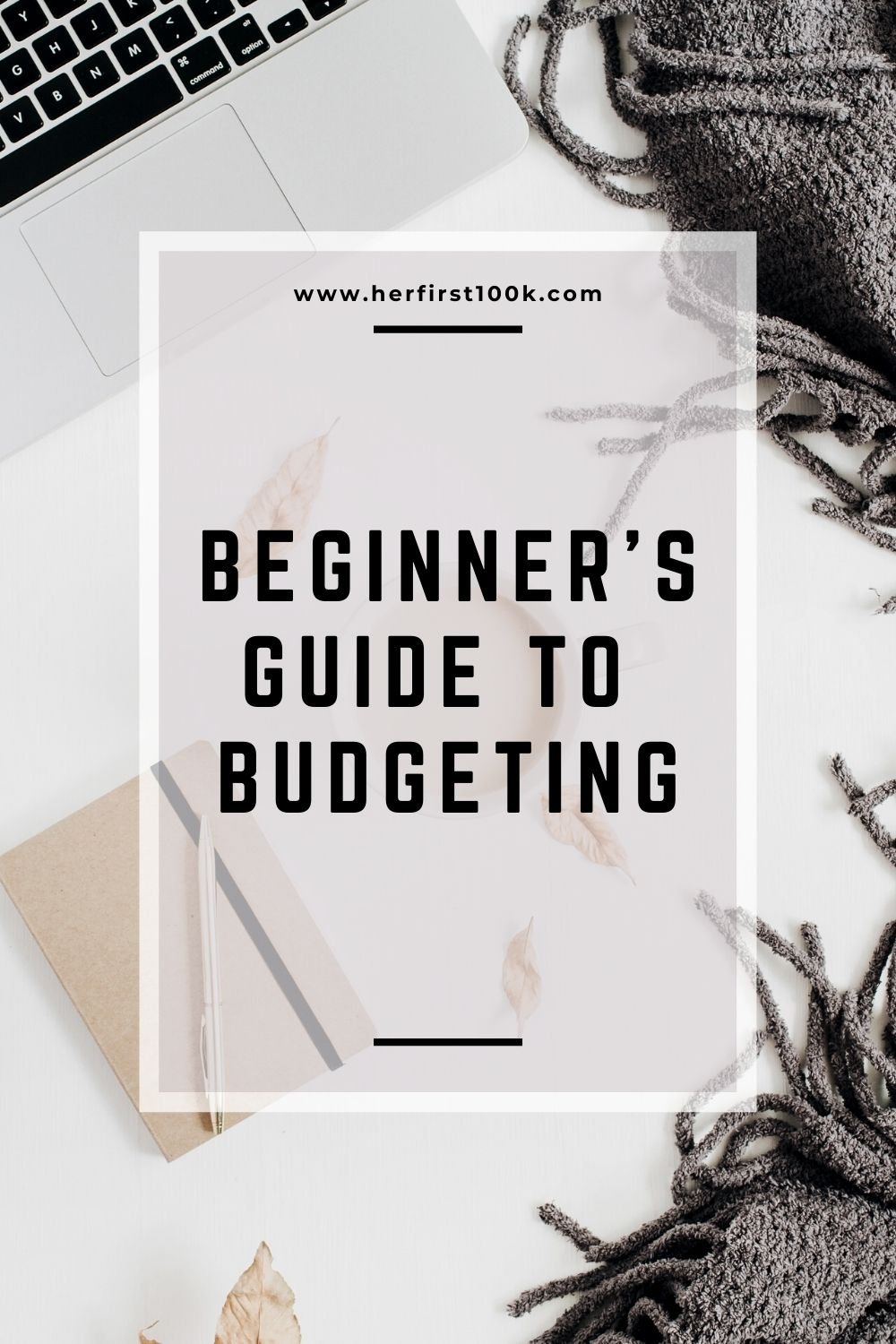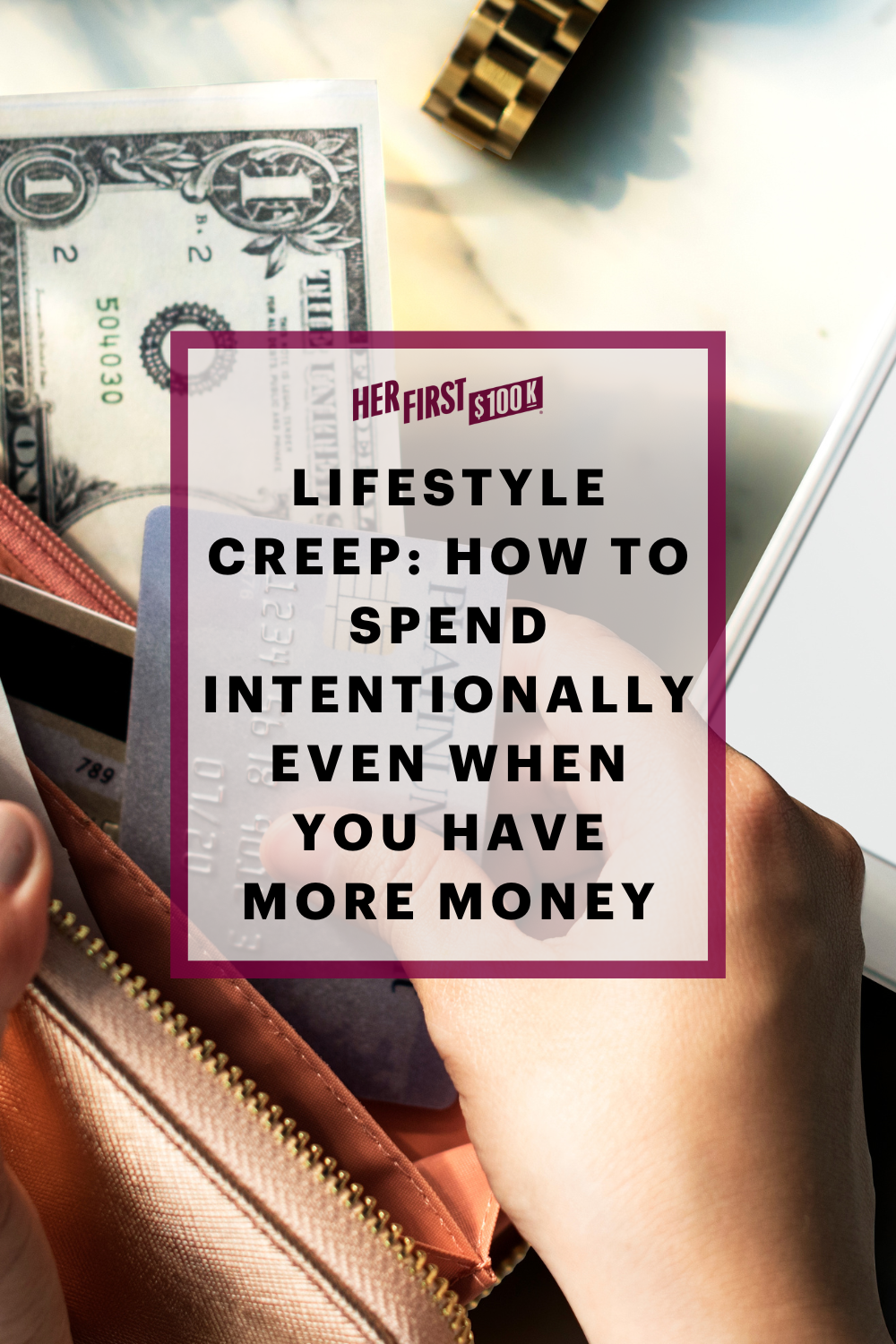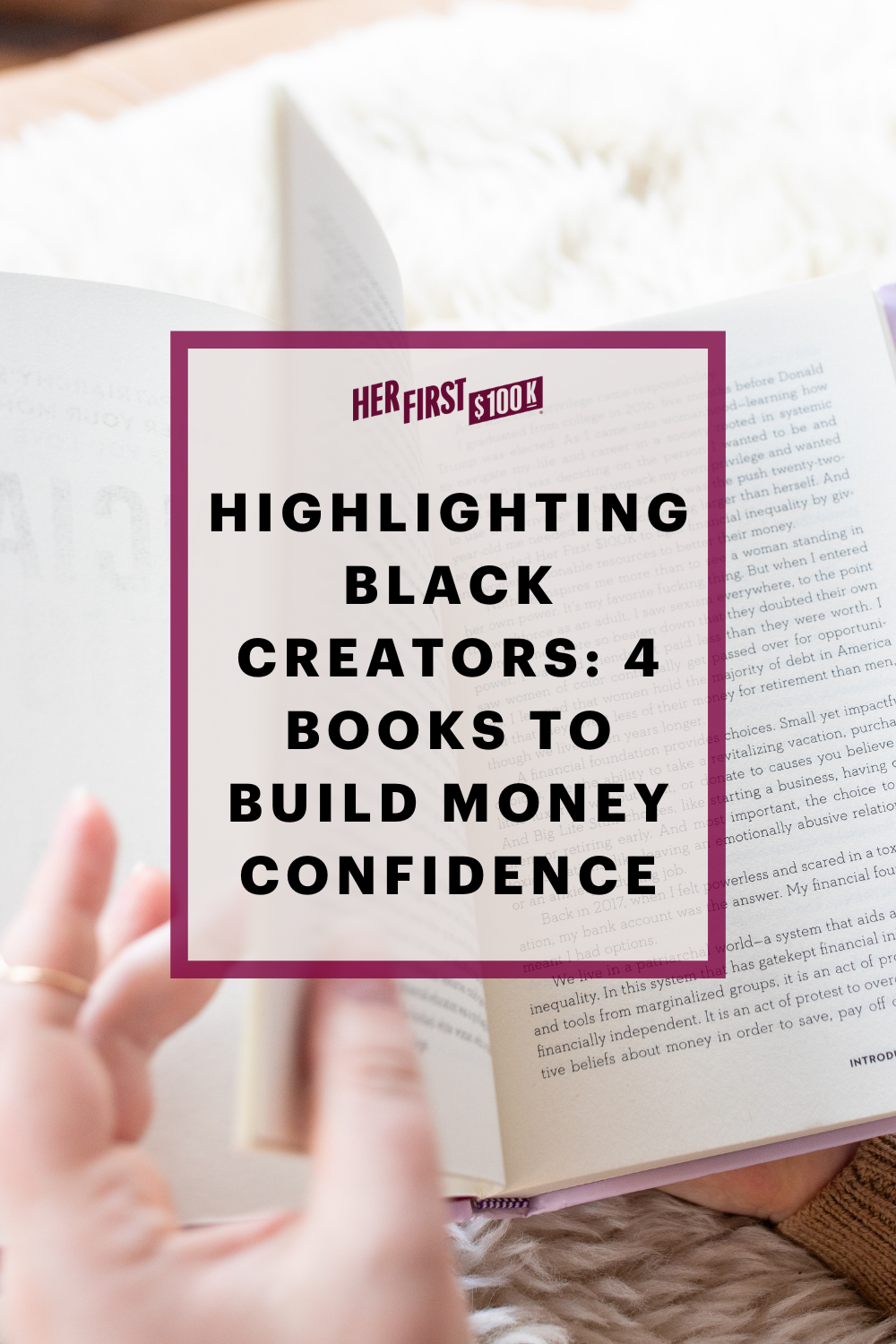The following article may contain affiliate links or sponsored content. This doesn’t cost you anything, and shopping or using our affiliate partners is a way to support our mission. I will never work with a brand or showcase a product that I don’t personally use or believe in.
Building Your First Budget
My favorite saying (and one I often repeat to my coaching clients) is “personal finance is personal.” It might seem like a “duh, Tori” moment, but you’d be shocked at how many coaches and finance professionals will try to force their clients into a system that does not work for them and completely ignores the idea that there’s any sort of nuance between people.
We are not all the same –– so our financial practices will not be the same. What I can do, and what all personal finance creators should do, is offer options and advice with an open hand –– which is what I’m aiming to do today.
So, let’s get into the topic at hand: budgeting.
It’s OK if you groaned or had a temptation to immediately flip to another tab. Budgeting can be a total pain in the ass –– but it’s a necessary pain in the ass. A good budget is the foundation of your financial game plan. It’s the basis for making decisions about your personal finance journey.
And it doesn’t have to be complicated. Here’s our beginner’s guide to budgeting that will cover where to start and how to create a budget that works for you.
P.S. If you want to join other like-minded folks who are going through the same process as you, check out The 100k Club community. You’ll get detailed information about building a budget that matches your values and your goals!
Step 1: Print out those statements
If you have never printed out your spending statements or generally ignored your transaction history, now is the time to change that. Just like a doctor can’t diagnose you just by looking at you (well, most of the time), you can’t diagnose your financial situation without digging into how you’re currently spending your money.
If you’ve never looked at your finances with this kind of lens before, I recommend printing out three to six months’ worth of your statements so you can see just how much fluctuation there is between months.
Make sure to make a note of your non-negotiables like rent, groceries, and other necessities. Understanding your baseline needs will help you build a budget that fits your needs.
Here’s what else to make a note of:
-
What areas of spending were you most shocked by? Either spending too much or thought you were spending more?
-
Is there a pattern in your spending, or are you kind of all over the place?
-
Are there any subscriptions or services you’re still paying for that you’re not using?
-
Are you spending more than you’re making or less? What happens to the leftover?
These questions will eventually help you build out a better budget.
Step 2: Figure out what needs to change + establish your values
Now that you’ve laid it all out there, what obviously needs to change? Are you spending $1000 a month on groceries for one person (surprisingly easy to do!!!)? Are you letting your savings just sit and waste in your checking account instead of doing something with it? Have you been subscribing to 15 different movie channels and only really using one?
This is when you’ll need to take a hard look at your goals, your income, and your spending and find a way to make them harmonize. If you have a savings goal of $100 a month and you’re only coming up with $50 –– where could you adjust your budget to make that happen?
This is a great time to evaluate what really matters to you in your budget. To make sure you’re neither depriving yourself of life’s small joys nor overspending on shit you don’t care about, I practice a method called values-based spending.
The idea behind values-based spending is choosing three categories where you want your “non-essential,” aka fun money, to go. Personally, my three categories are travel, delicious food, and nesting –– so I have a space in my budget dedicated to spending in these three categories.
Values-Based spending works because it’s not an all-or-nothing mindset. The worst advice that I come up with time and time again is that you should be miserable when you’re paying off debt or just starting out with budgeting.
Even if it’s just $50 a month that you allow yourself to spend in your value categories, you’ll be better off for it.
As you discover your three value categories, write them down. Then go through your statements again and see where you’re spending outside of those categories, and make adjustments as necessary.
This is also a great time to set a few long and short-term goals for savings or debt payoff.
Step 3: Make a plan + choose a system
Now that you’ve done a macro analysis of your finances, it’s time to start building a spending plan and shaping your budget.
Personally, I’m a big fan of both the zero-based budget and the popular 50/30/20 budget, but there are about 100 different ways to budget out there. With both of these methods, in particular, every dollar of your paycheck has a place, which helps you make sure to budget within your means while also making sure you’re not letting money sit around when it could be used for either spending or saving.
As for systems, there are also many to choose from. Some prefer a good ole fashioned handwritten budget or ledger, and if you’re this person, I applaud your mental and emotional fortitude. Others prefer a system where they can be a little hands-on and a little hands-off, like creating a budget with a personal budget spreadsheet (ahem, see above). The final category of budgeters prefers to use apps or other automated systems where they can check-in when they need to and mostly ignore it when they don’t.
The first option is, of course, the least expensive and takes the most work –– but if you’re a tactile learner who loves handwriting and crunching your own numbers, then you’ll naturally gravitate towards it.
Of course, our spreadsheet queens might already be ahead of the pack on option two. Spreadsheets are excellent tools because you can plug and play and even create “sample” budgets to see how the numbers might change if you shuffle them around. They’re usually a less expensive option and come with the bonus of never having to “renew” a subscription.
But there will always be a place for monthly subscription apps –– just make sure you’re not signing up for it and completely ignoring it. A good budget should have you feeling like you’re in control of your finances, not the other way around.



